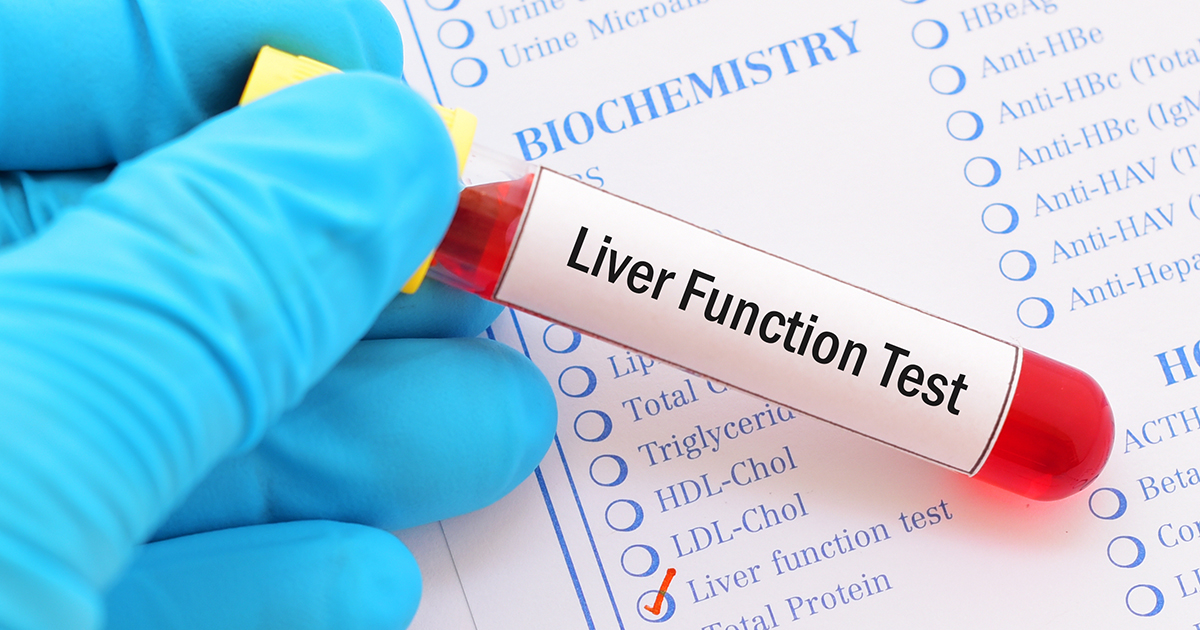Types Of Electrolyte Disorders
Hypokalemia And Hyperkalemia
Hypokalemia and hyperkalemia are disorders of potassium levels in the body. Imperative nerve and muscle cells utilize potassium to function normally, including those in the lungs and in the heart. Levels of potassium in the blood over 5.0 mEq/L indicate hyperkalemia. This can occur as a result of hemolysis or red blood cell breakdown, burns, major tissue injuries, trauma, uncontrolled diabetes, and rhabdomyolysis. When hyperkalemia goes untreated, life-threatening heart rhythm abnormalities or arrhythmias can cause ventricular fibrillation, resulting in cardiac arrest and most often death. Levels of potassium in the blood under 3.5 mEq/L indicate hypokalemia. The potential causes of hypokalemia are excessive vomiting, diarrhea, kidney or adrenal gland failure, diuretic use, excessive alcohol consumption, and ketoacidosis. When the muscles do not get enough potassium, they cannot perform their normal cellular functions, resulting in paralysis of the lungs and bradycardia or abnormally slow rhythm of the heart. If hypokalemia goes untreated it can cause kidney failure, paralysis of the muscles, cardiovascular collapse, and respiratory failure.
Get familiar with more types of electrolyte disorders now.
Hypochloremia And Hyperchloremia

Hypochloremia and hyperchloremia are disorders where there are abnormal levels of the chloride ion in the blood. Hypochloremia is characterized by a blood chloride level of less than 97 mEq/L and a urine chloride level of less than 25 mEq/L. Chloride works in tandem with other electrolytes to balance fluid levels in the body as well as to manage the blood pH levels. Chloride can be lost through the urinary tract, gastrointestinal tract, or from cystic fibrosis. Usually, problems with the kidneys, congestive heart failure, certain medications, and use of chemotherapy treatment can cause low chloride levels. Untreated hypochloremia can cause permanent liver damage, pulmonary and hepatic failure, and kidney damage.
Hyperchloremia is characterized by higher than normal levels of the chloride ion in the blood. Anything above 107 mEg/L in the blood is indicative of hyperchloremia. This can be caused by problems with the kidneys, severe diarrhea, bromide poisoning, ingestion of salt water, ingestion of high quantities of salt, respiratory alkalosis, and long term use of carbonic anhydrase inhibitors to treat glaucoma and other conditions. Hyperchloremia causes blood acid levels to drop too low or the blood to become too acidic. This can result in kidney failure, kidney stones, bone problems, heart complications, muscle problems, coma, and death.
Continue for more information on the different types of electrolyte disorders.
